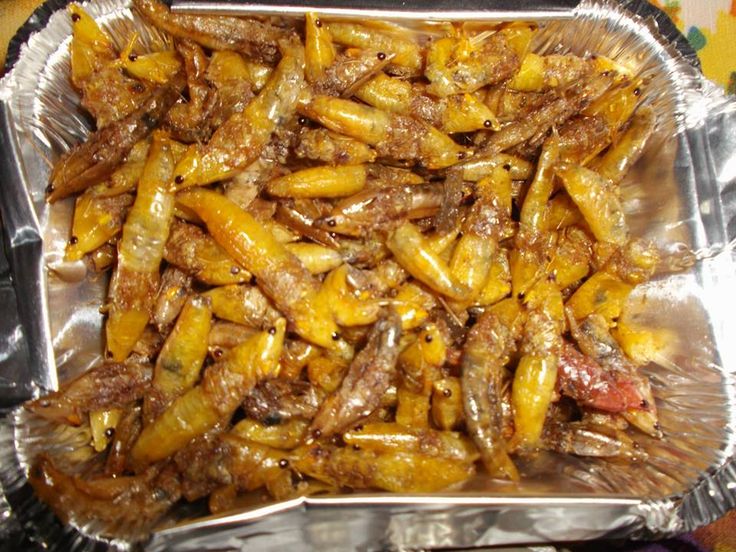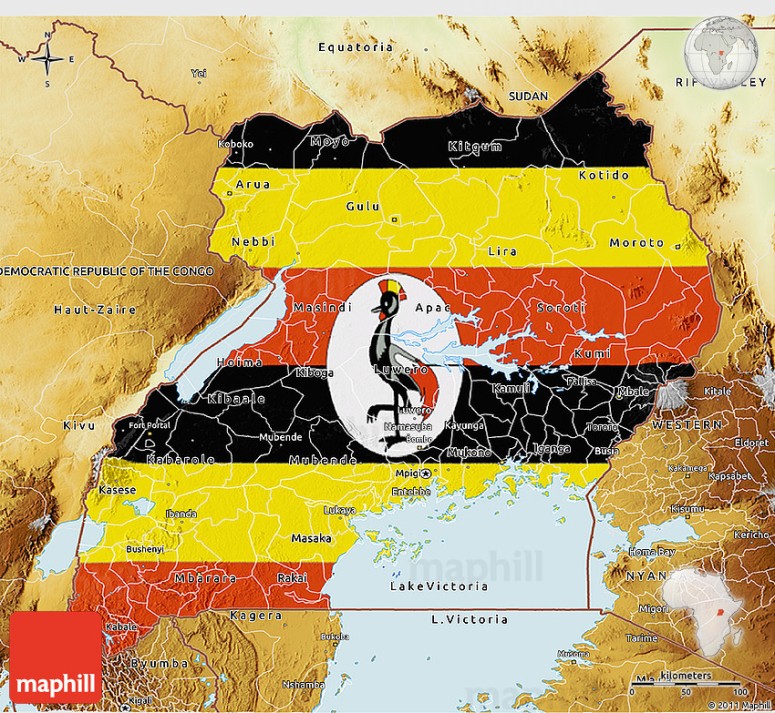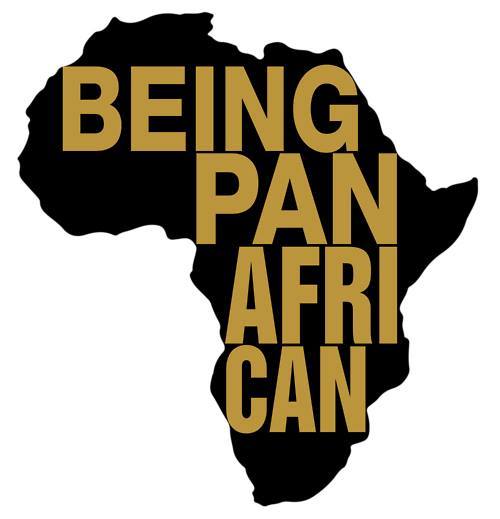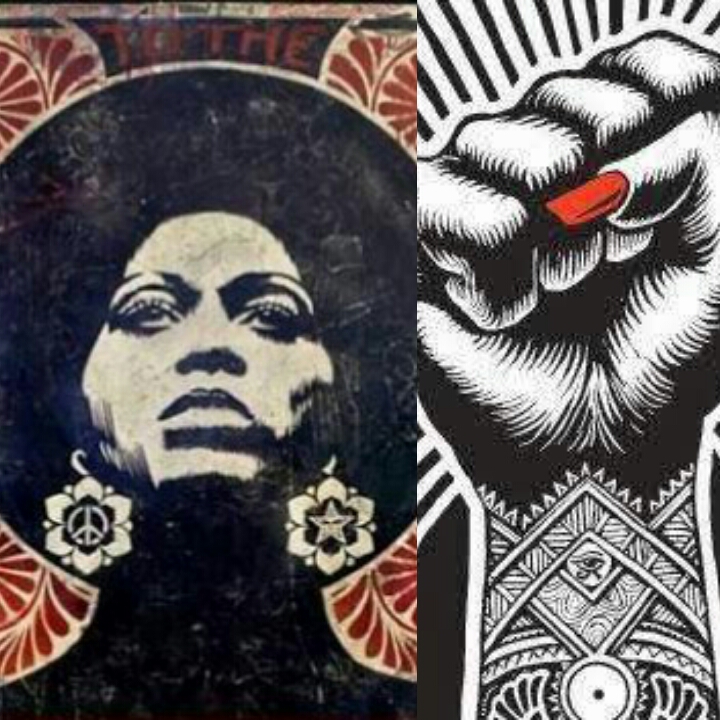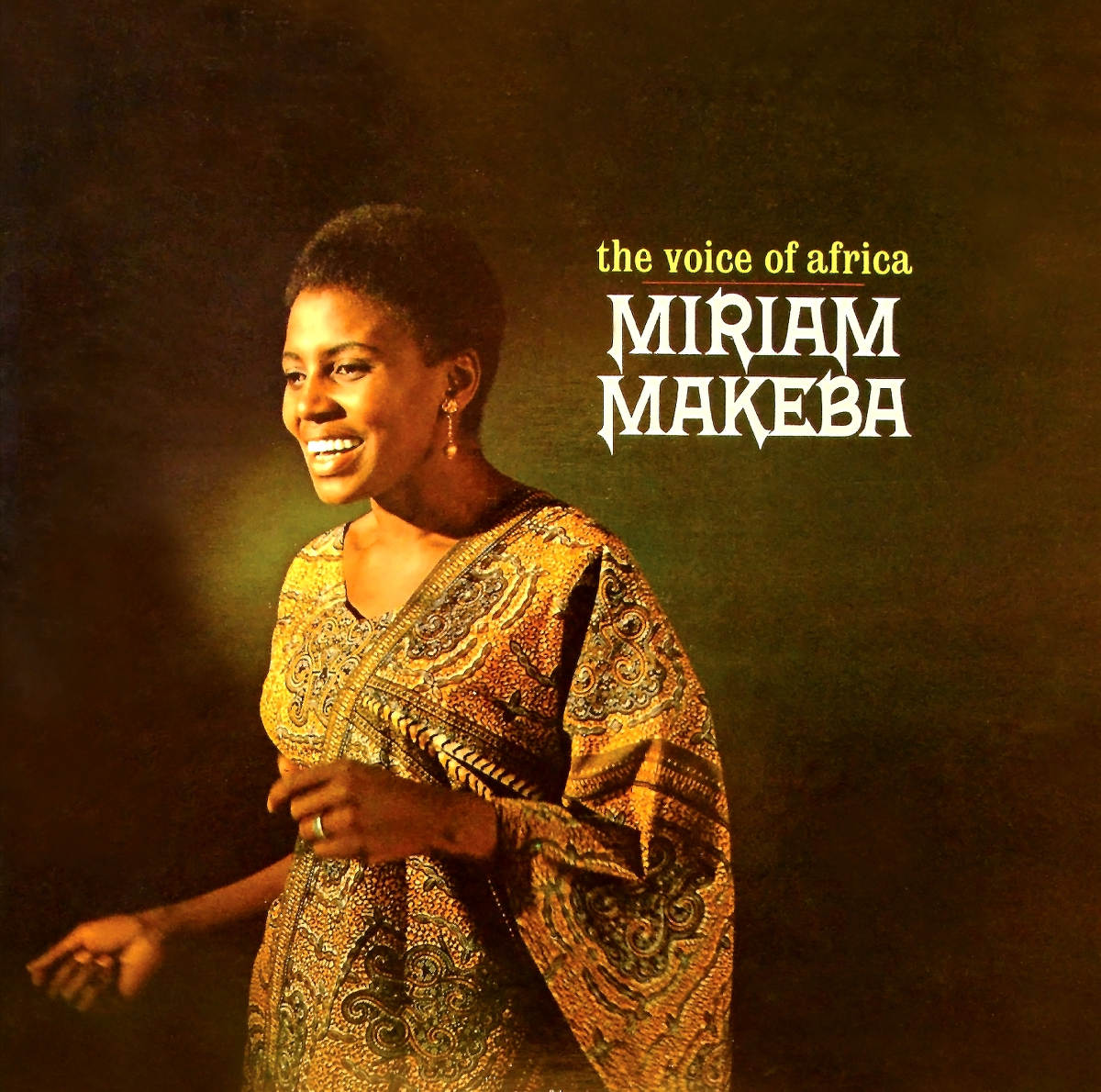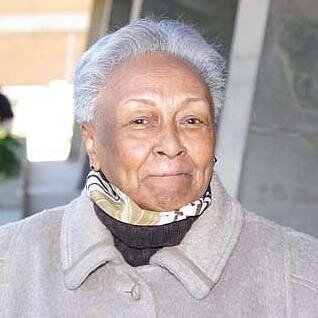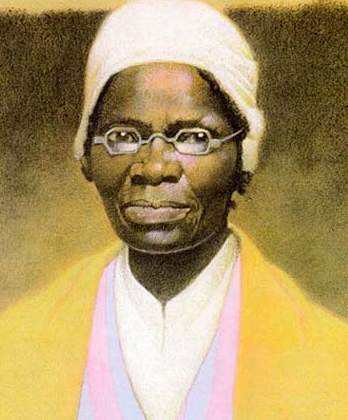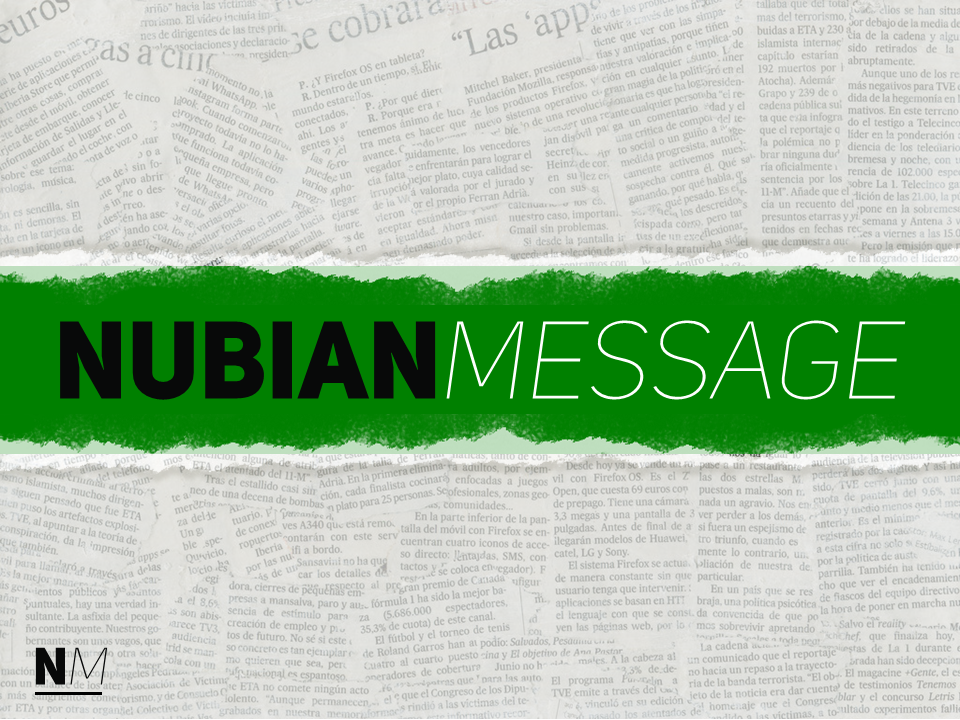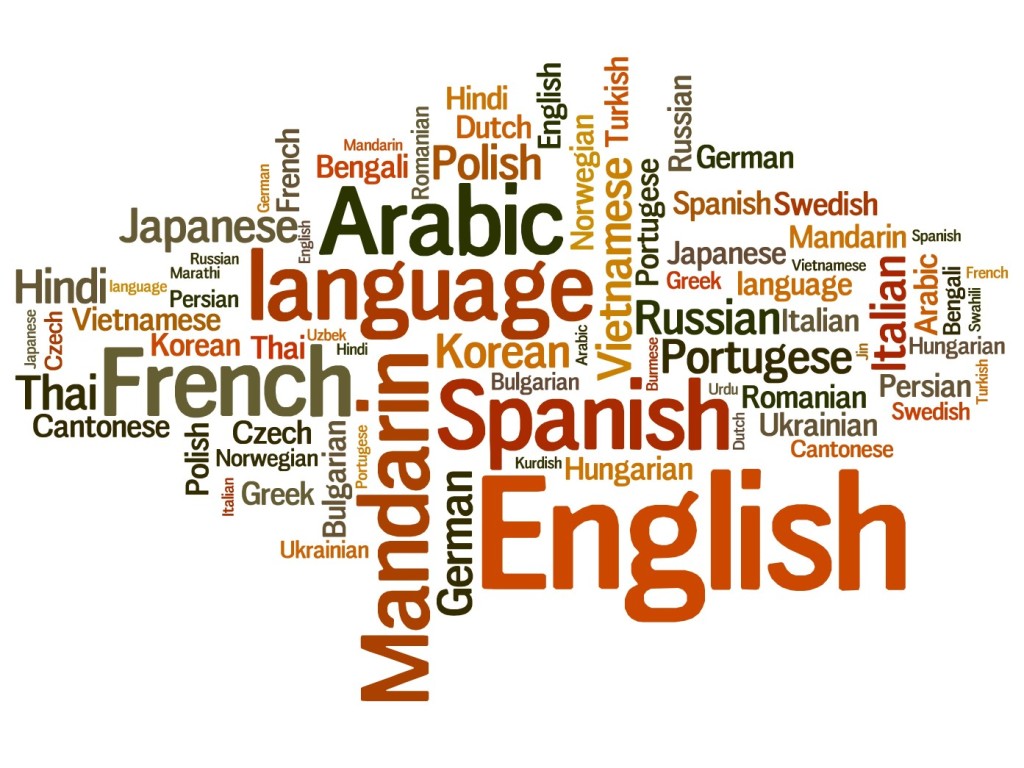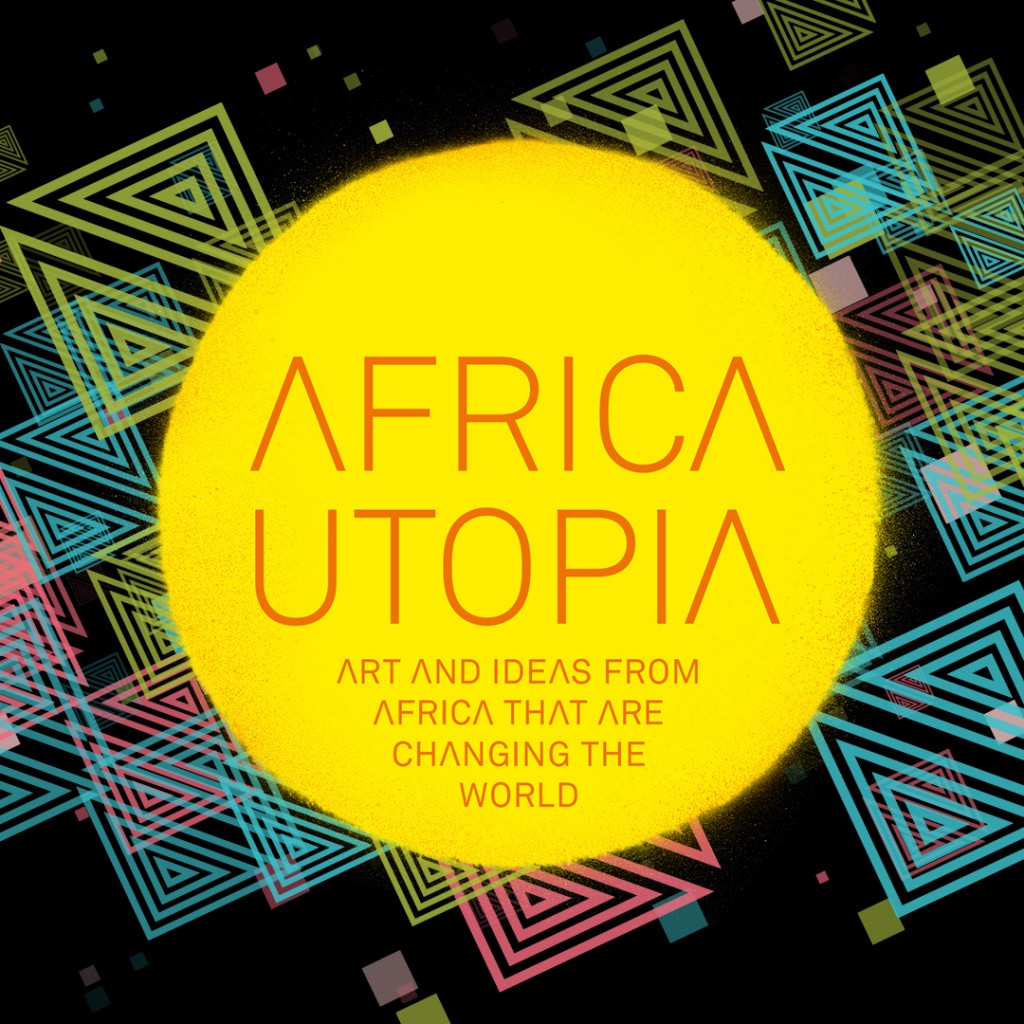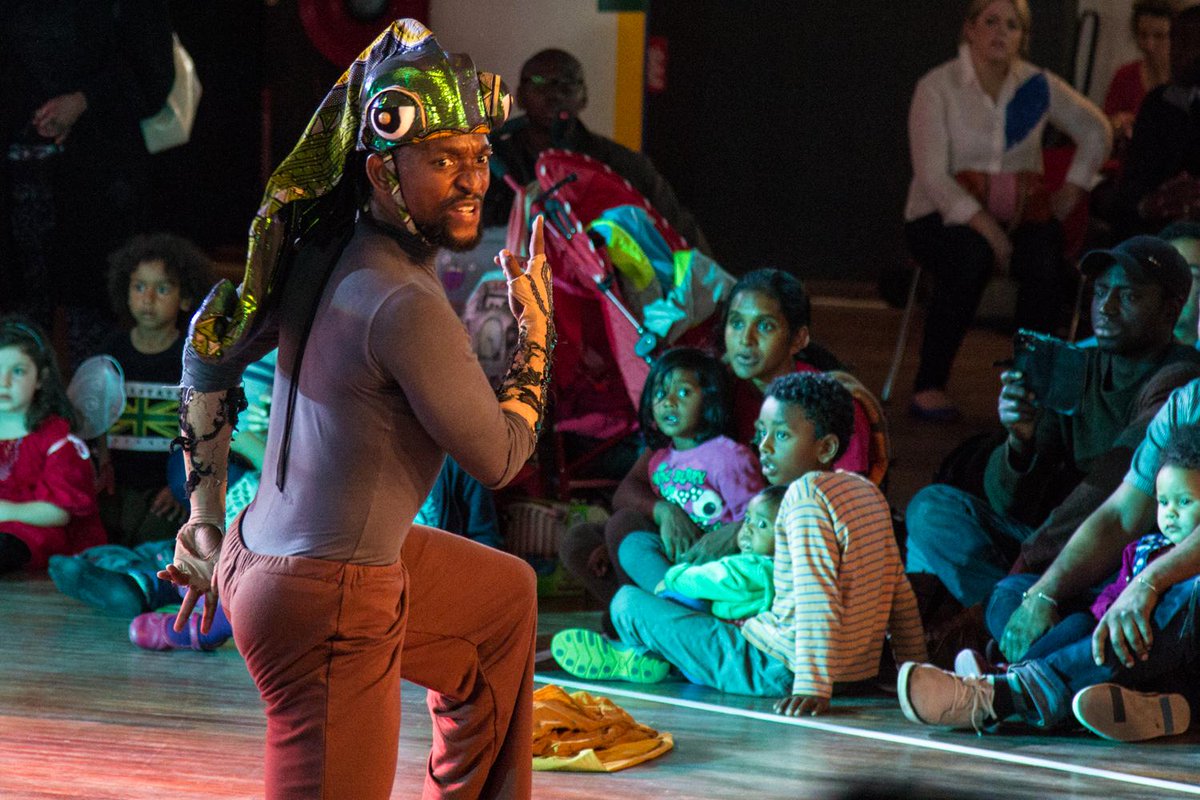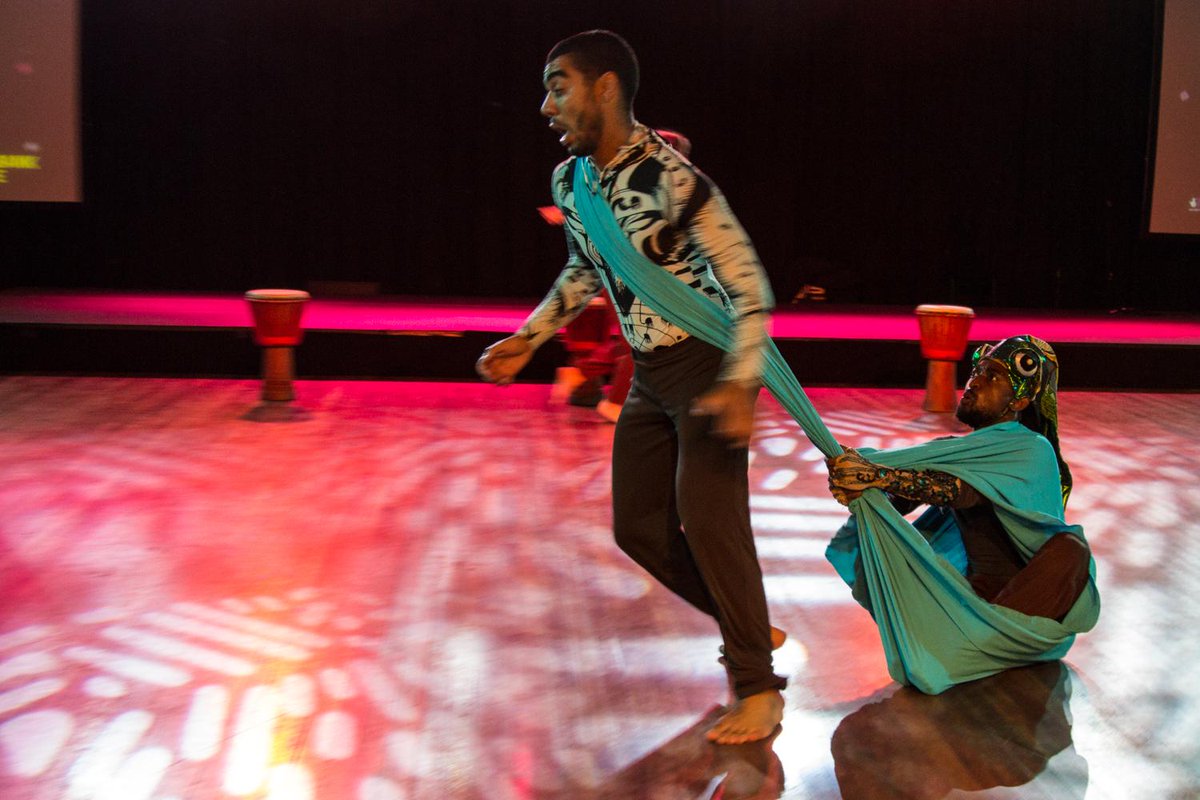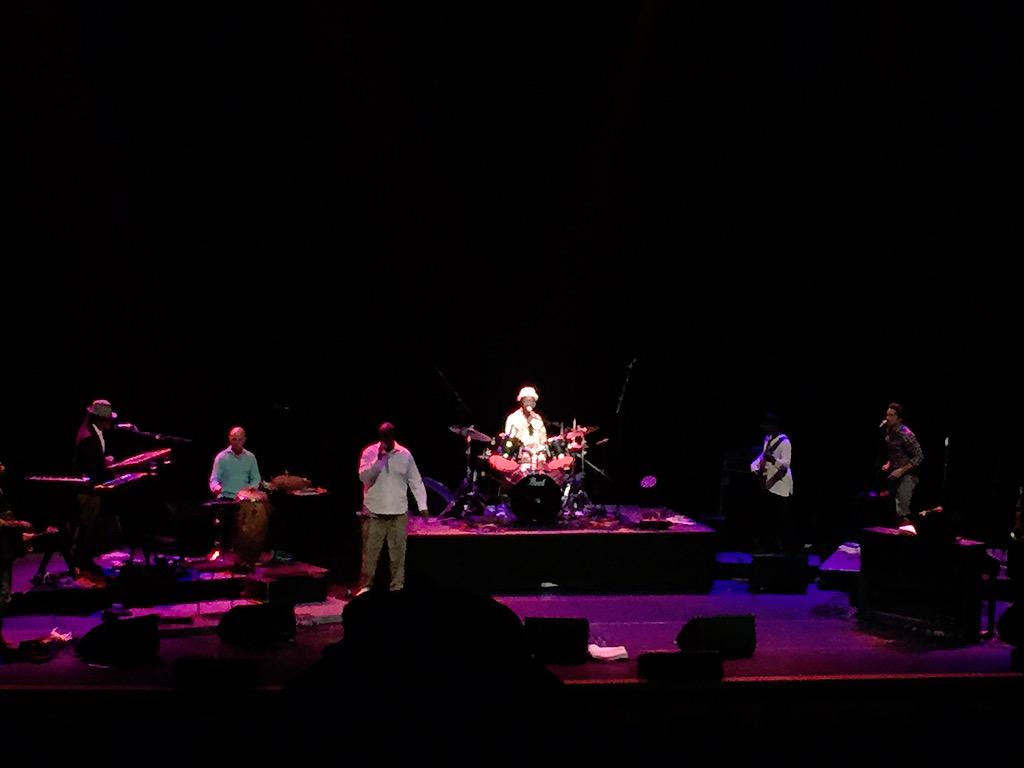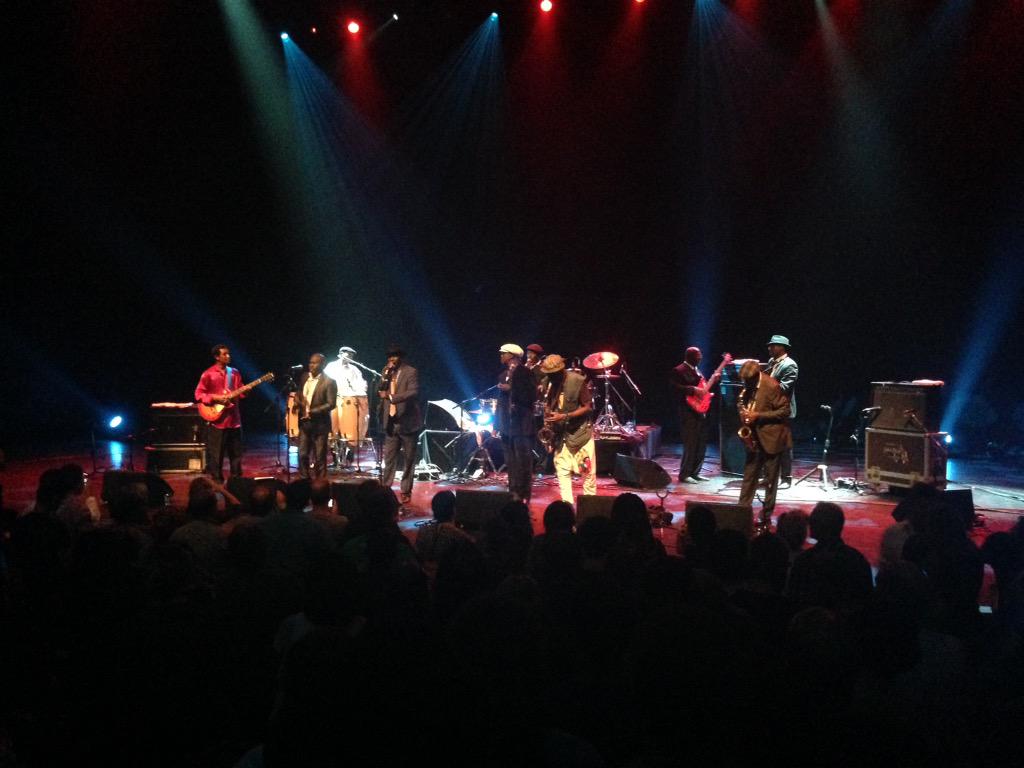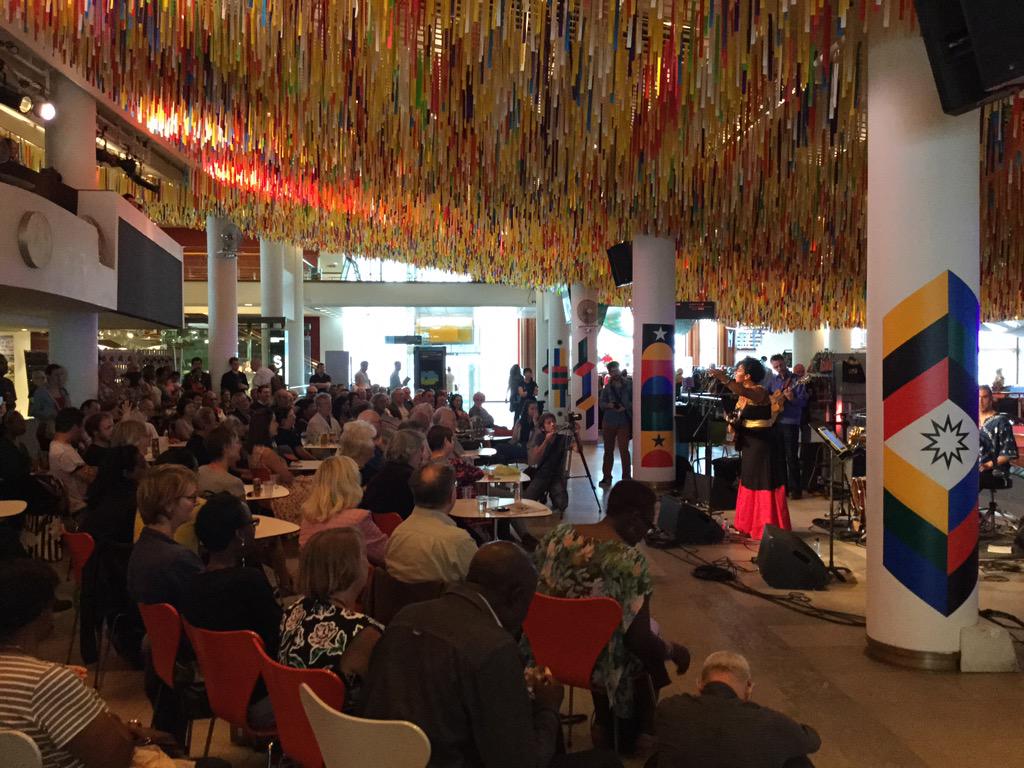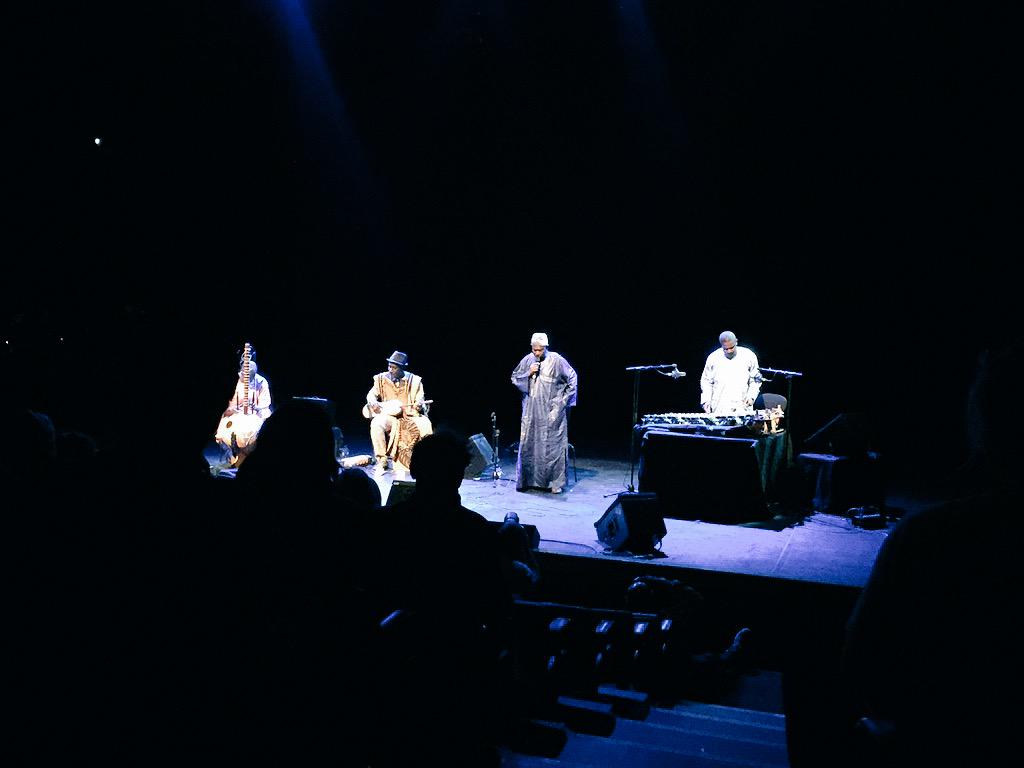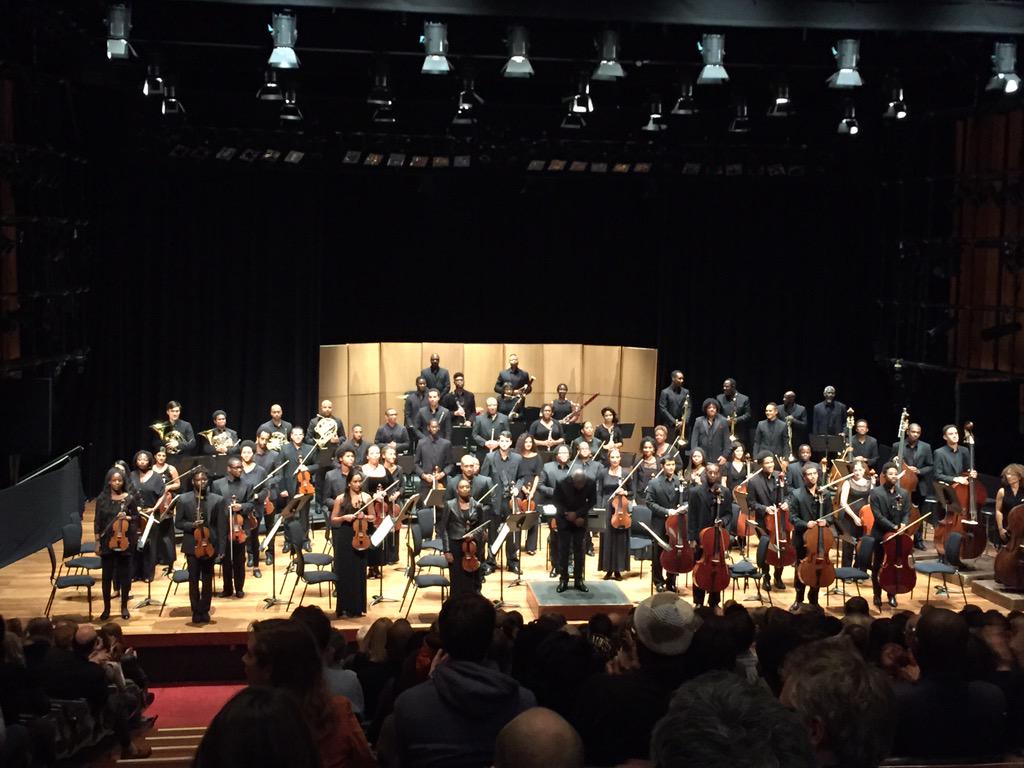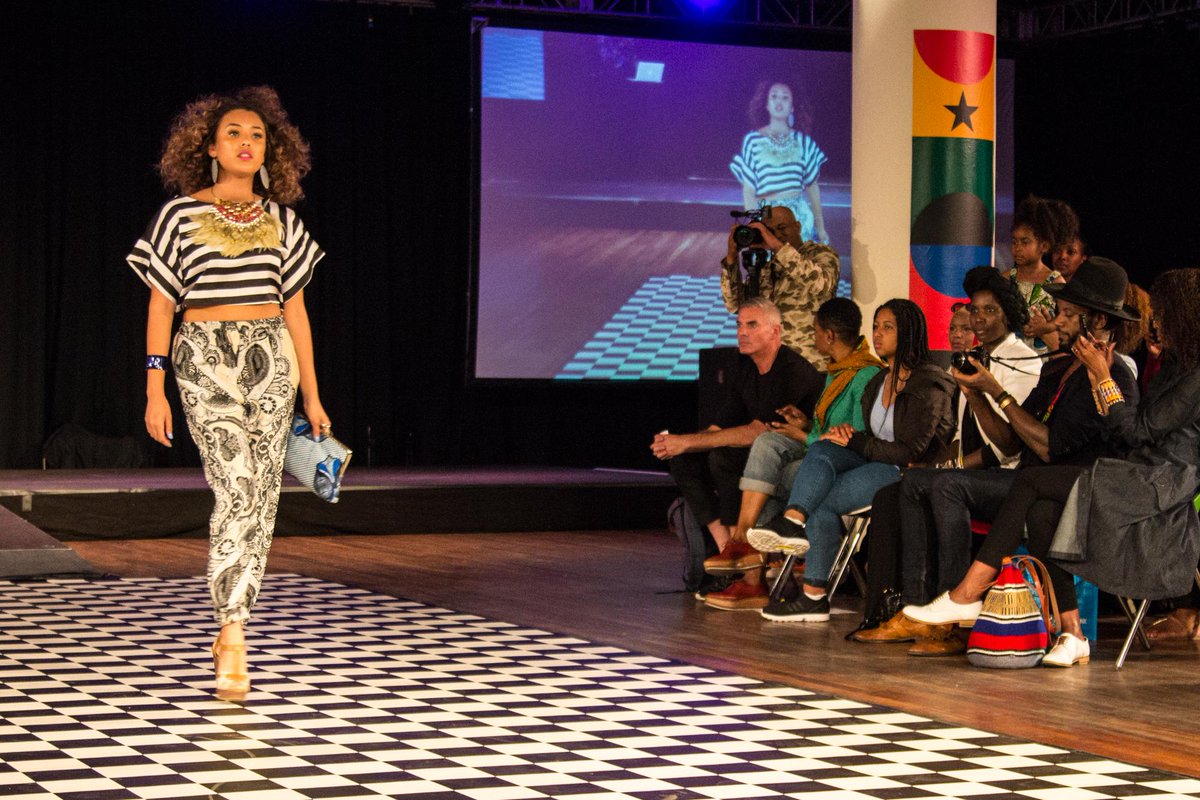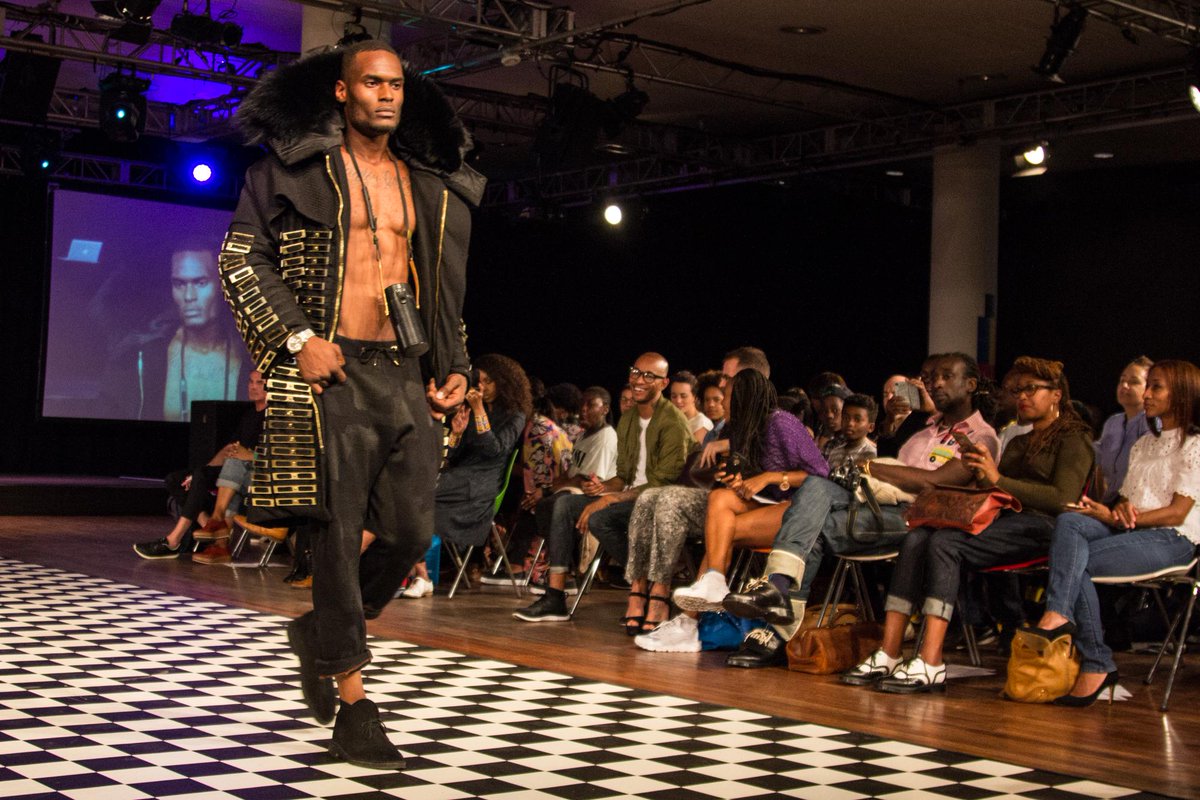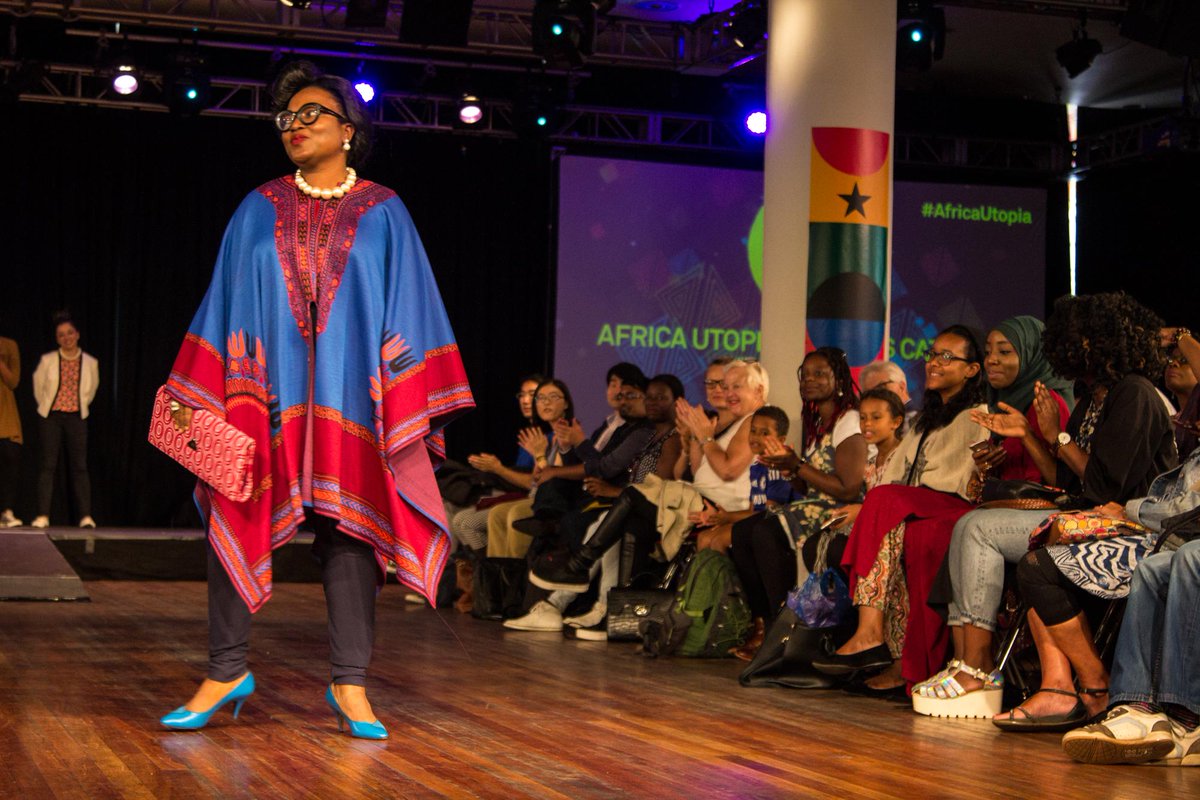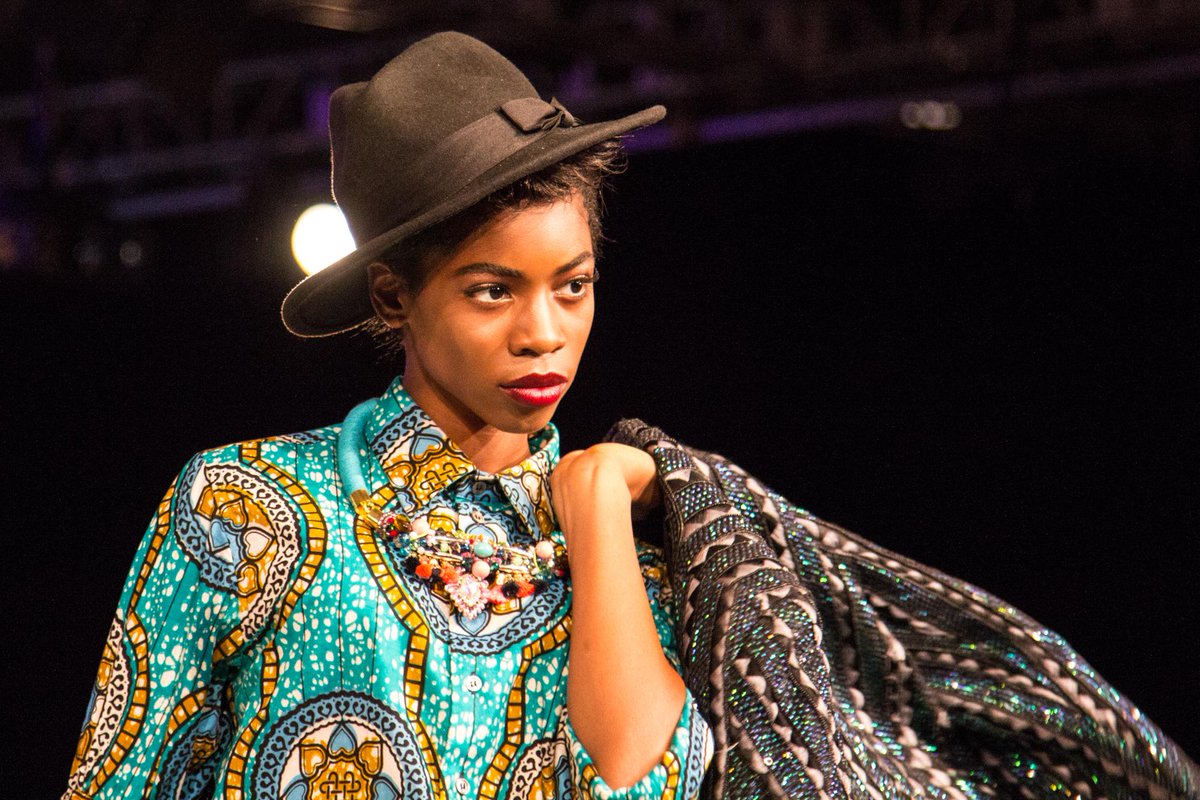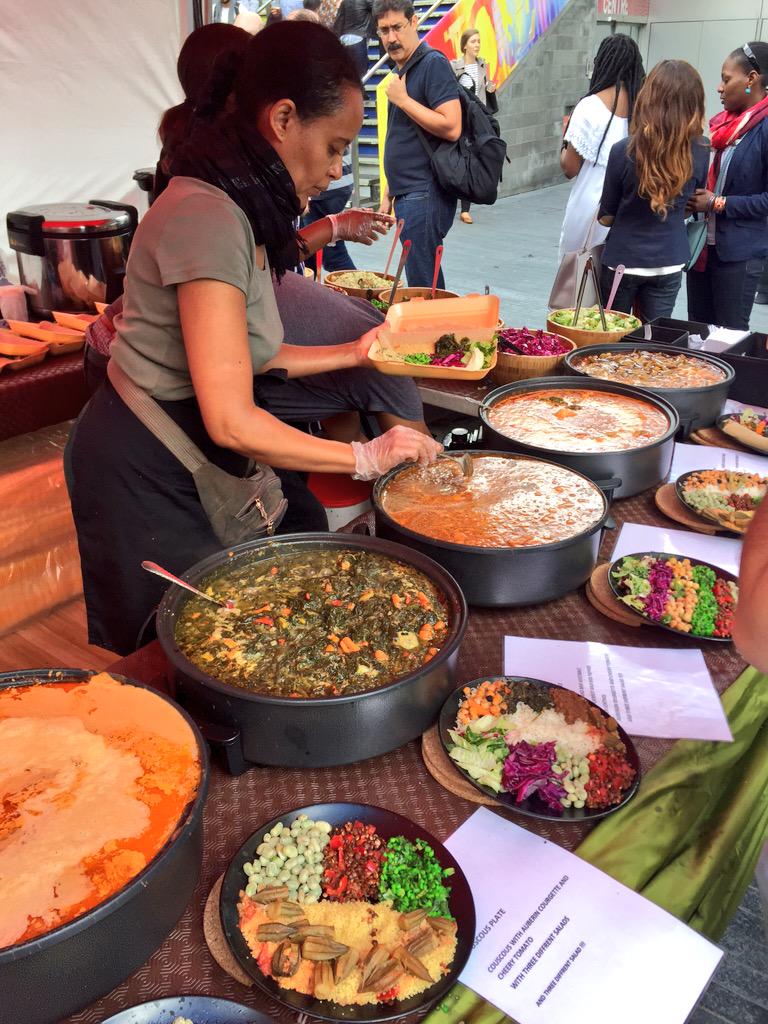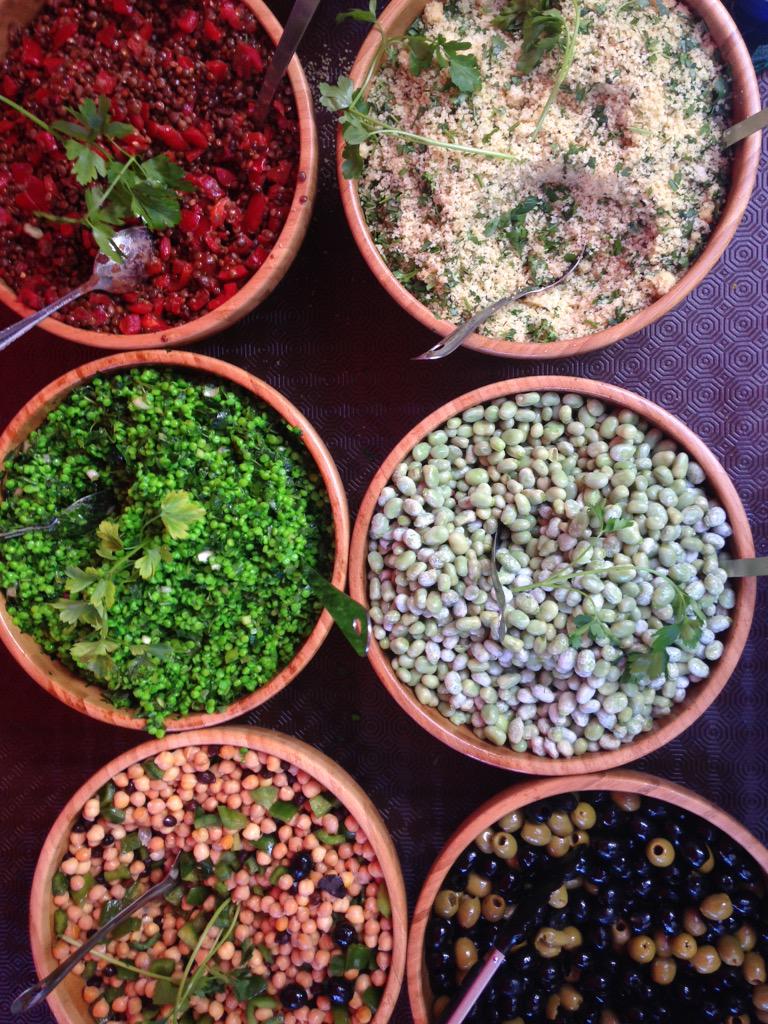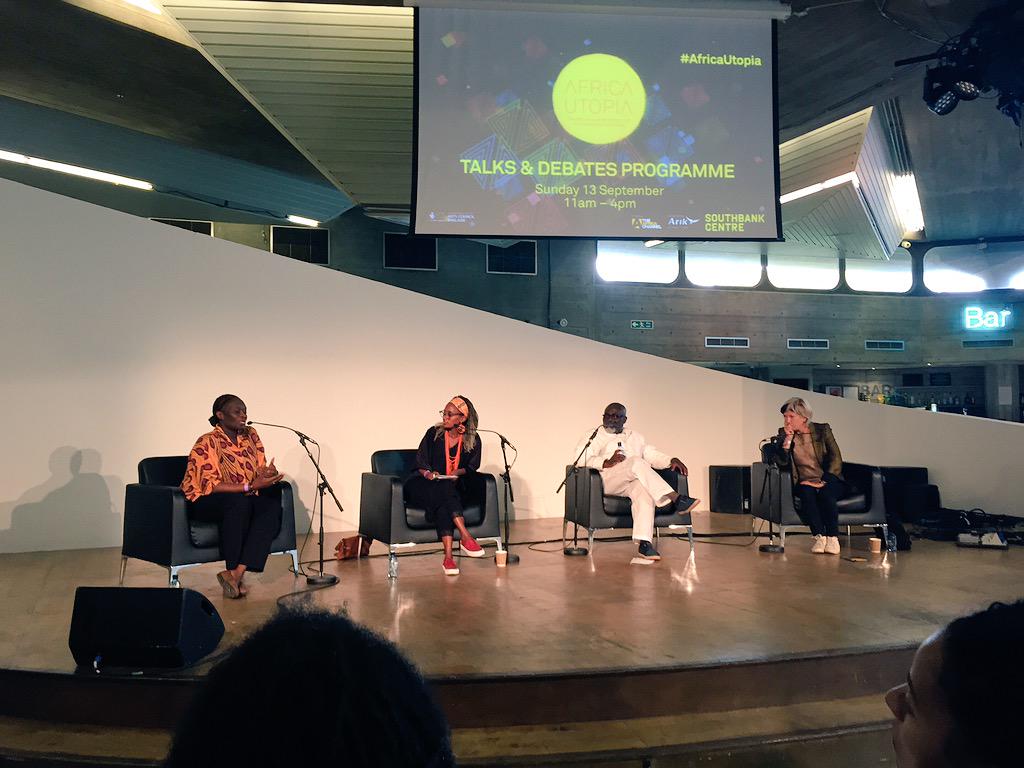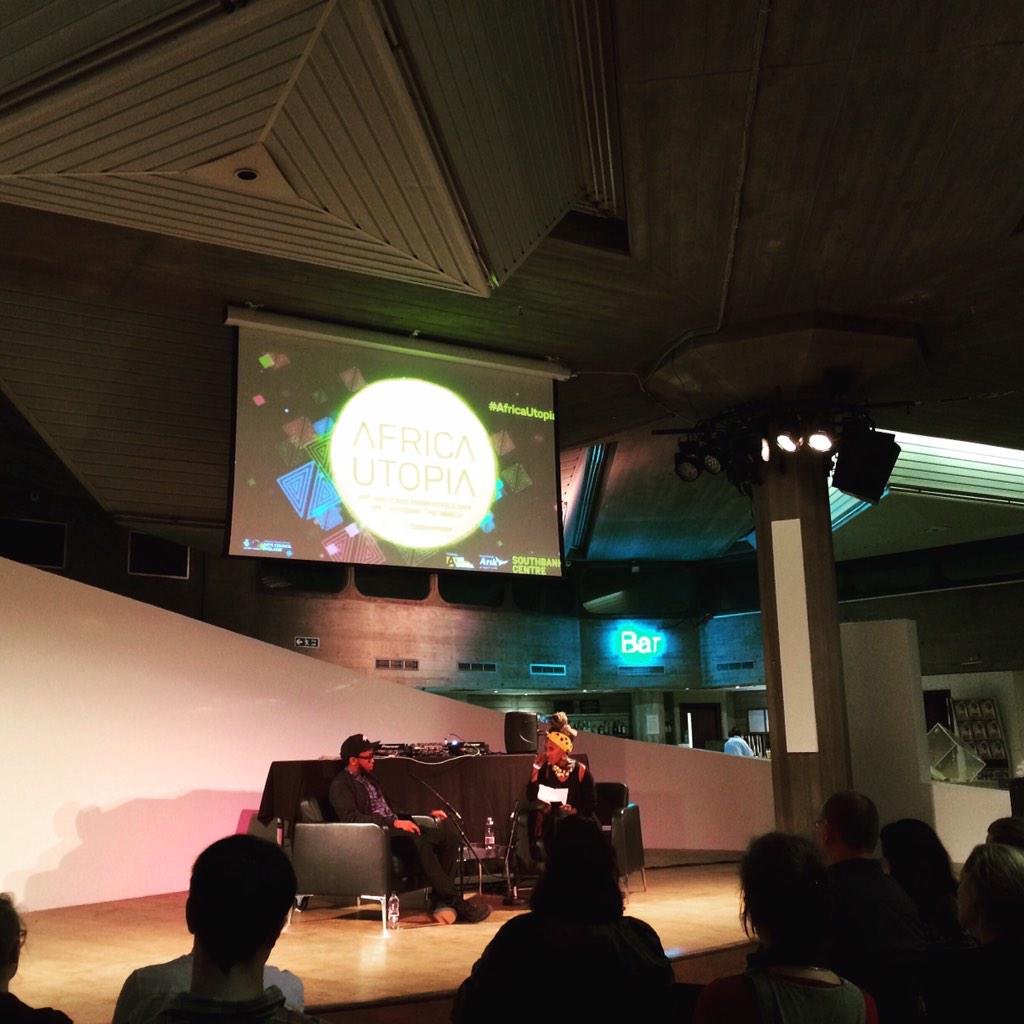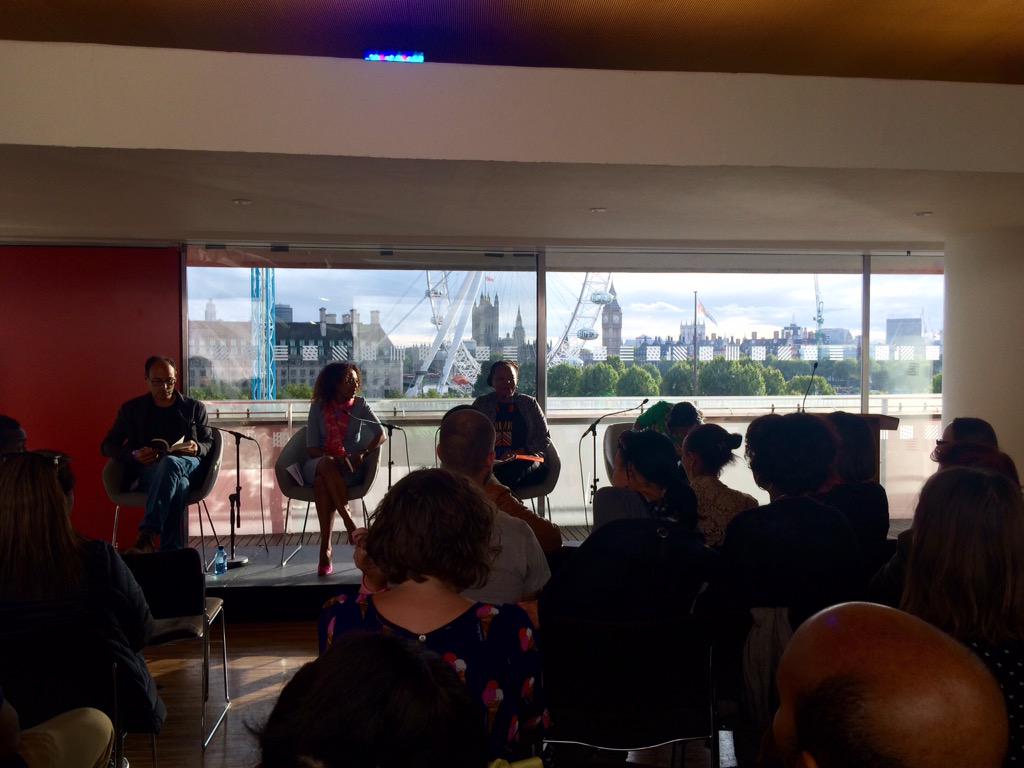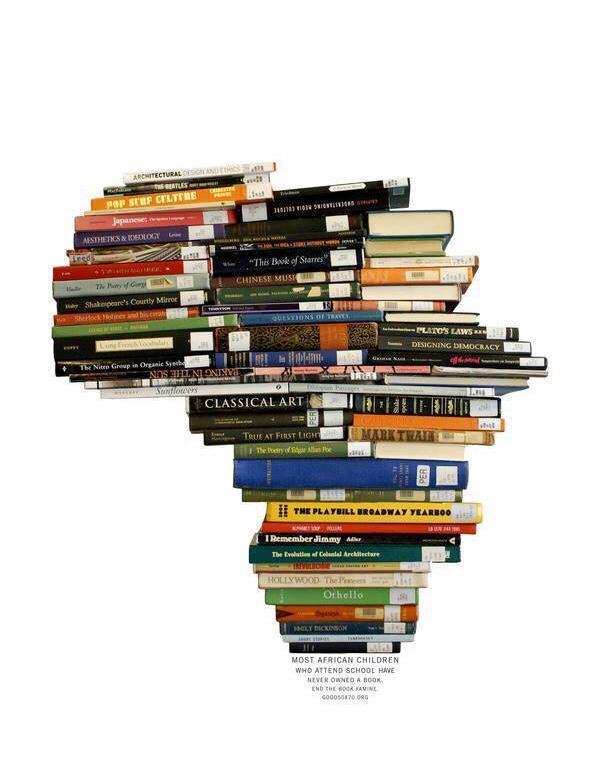*Re-write, original crashed with the old server*
I have appreciated art right from a very young age. Even though I can hardly pick up a brush to paint to save my life. I took 3 months of photography lessons some years ago, I can still remember some basic things as I plan to get a lovely camera someday. Came across Aaron Kajumba images from a Ugandan friend’s page, Aaron is part of a team of young Ugandans who created a platform called KoikoiUg which they use to bring creative people together to explore their beautiful country and show it to the world. Aaron’s work is amazing and I had to listen to the story behind his art. Enjoy!
A little bio about Aaron.
Hey! I am a pastor, yes haha a pastor living in Uganda on a mission with Fishers Of Men Uganda. My passion for the art started when I was given an iPhone 3G in 2009, which had a great camera at the time. Soon after, Instagram was launched! Through the years, I was able to culture my own unique style and even added drone photography to my belt. I grew very fond of capturing the raw emotion of when, where, who and what I shot. I guess I shoot for the feels.
What drew you to Photography?
I think it was being able to immortalize moments. To make people feel how that moment felt years later. I thought that was awesome.
What inspires your kind of photography? In what way do you intend to inspire Africans with your photography?
I love to shoot for emotion, would love that my photography inspires Africans to stop and see the beauty in the simple things around us. There is so much color, life and character in our communities to revel in as people. We just need to take the time to stop and look.
Do you feel there’s a relationship between your art and Uganda?
That’s an interesting question. I believe my eye did change when I moved back here because of the ten thousand things I had missed growing up. People, places and was able to appreciate the beauty of Uganda much more through a photographer’s eye.
Which Photographers inspire you?
I don’t particularly follow anyone religiously but there are a few people I was amazed at when I started out.
Joel Nsadha, he started #soulofman, an online portrait gallery of people he has met. He is also from Uganda and currently lives in New York.
Brian Woeffel is a photographer I like truly for hos Lightroom edits! Till this day I still edit off of my phone using the VSCO app. But this guy’s stuff always moved me to make that Lightroom switch. Maybe I will this year!
Now, Temiloluwa Coker is widely known for his creative approach in photography and design. Being creative is more than just a hobby to him, it’s his passion and everyday he gets the opportunity to teach the younger generation the power of creativity and how it can change the world. He is originally from Nigeria.
Pei Ketron is a photographer, educator, speaker and traveler based in San Francisco. What really caught my eye back then was that she was getting these really professional looking images shot off her iPhone! Her work encouraged me to push the boundaries of my iPhone photography.
Isaiah Kajumba is definitely on this list. Haha yes, we are brothers. Photography for him is a creative outlet that lets him be much more expressive. We actually got dslrs in 2015 and shooting with him has definitely matured how I see life through the lens.
Mutua Matheka is a Kenyan based photographer who became known because of his architectural photography. His pictures of Nairobi at night blew my mind and totally gave me a new perspective on what African cities could look like through a creative eye.
What is the Photography scene like in Uganda?
There are a lot…literally myriads of upcoming photographers in the country and workshops to help people grow their craft. It’s really cool to see people enjoying what they are doing and learning from each other.
Other photographers will you like to work with?
I would love to work with, (by work with I mean even carry the lens of) Mutua Matheka. He was one honestly one of the African photographers that I saw truly embodied what it meant to be a photographer and love it!

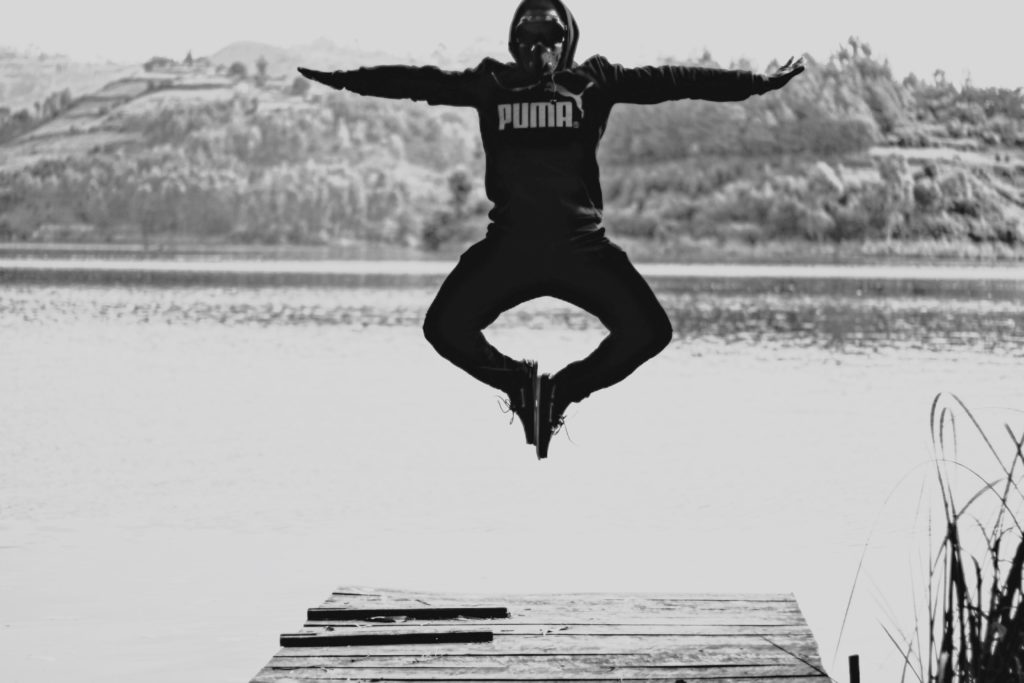



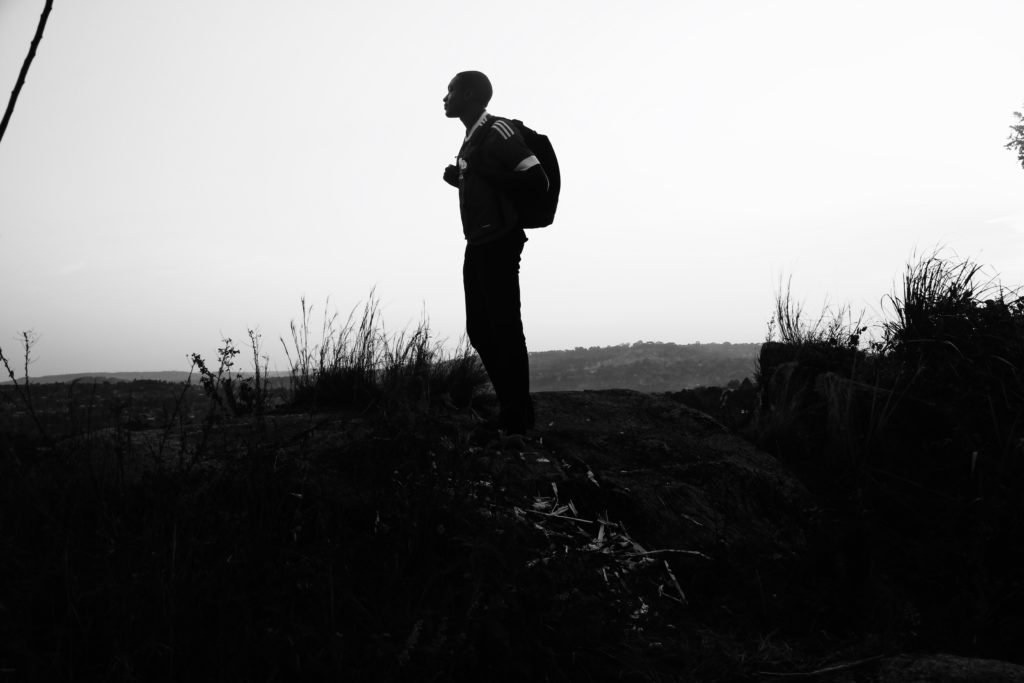

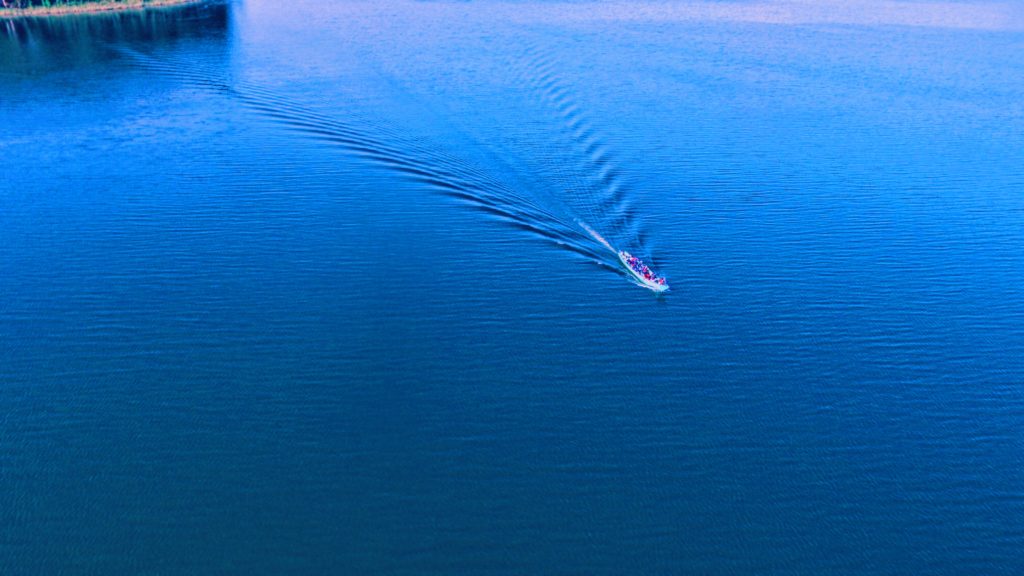
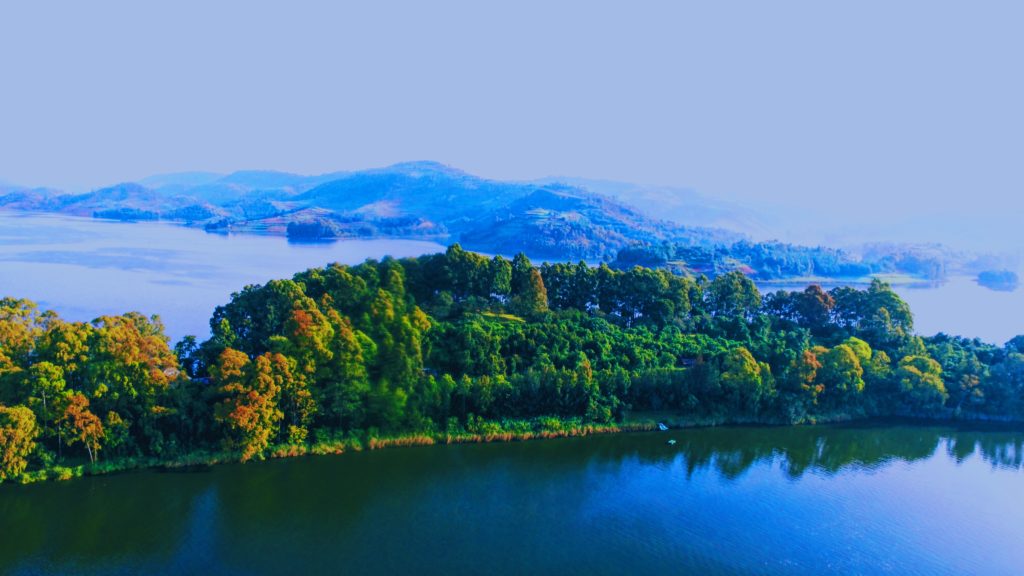





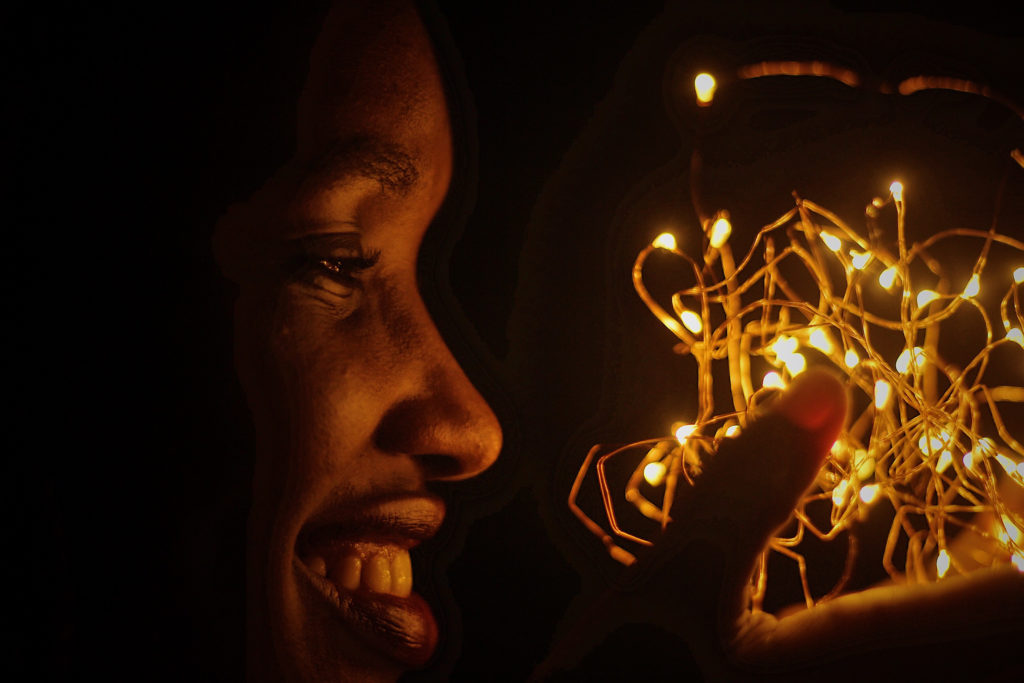



 Evening view of Kampala city (credits: Joel Nsadha Isababi)
Evening view of Kampala city (credits: Joel Nsadha Isababi)